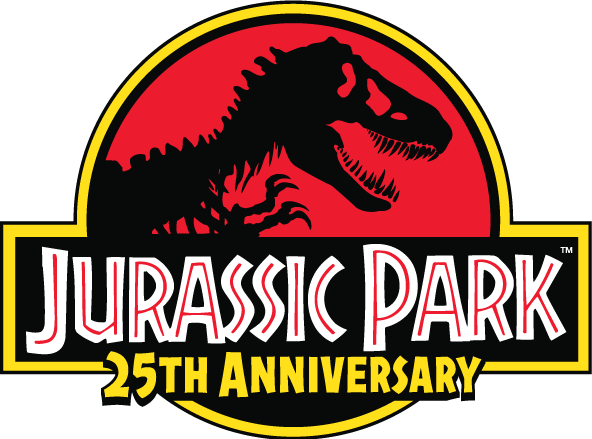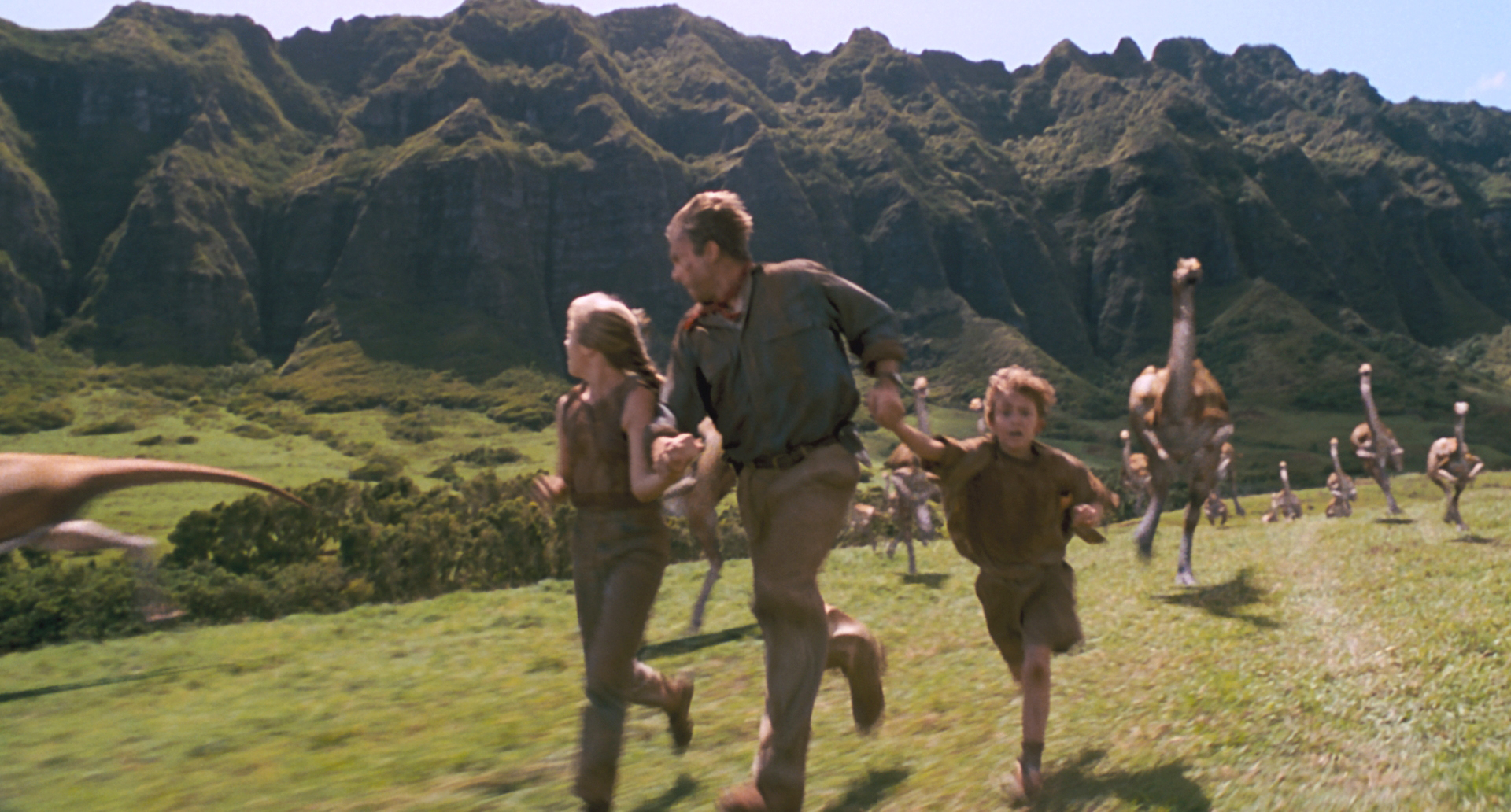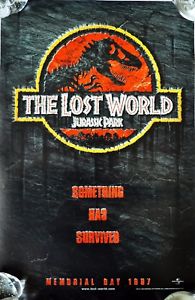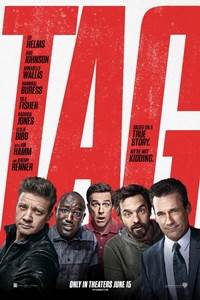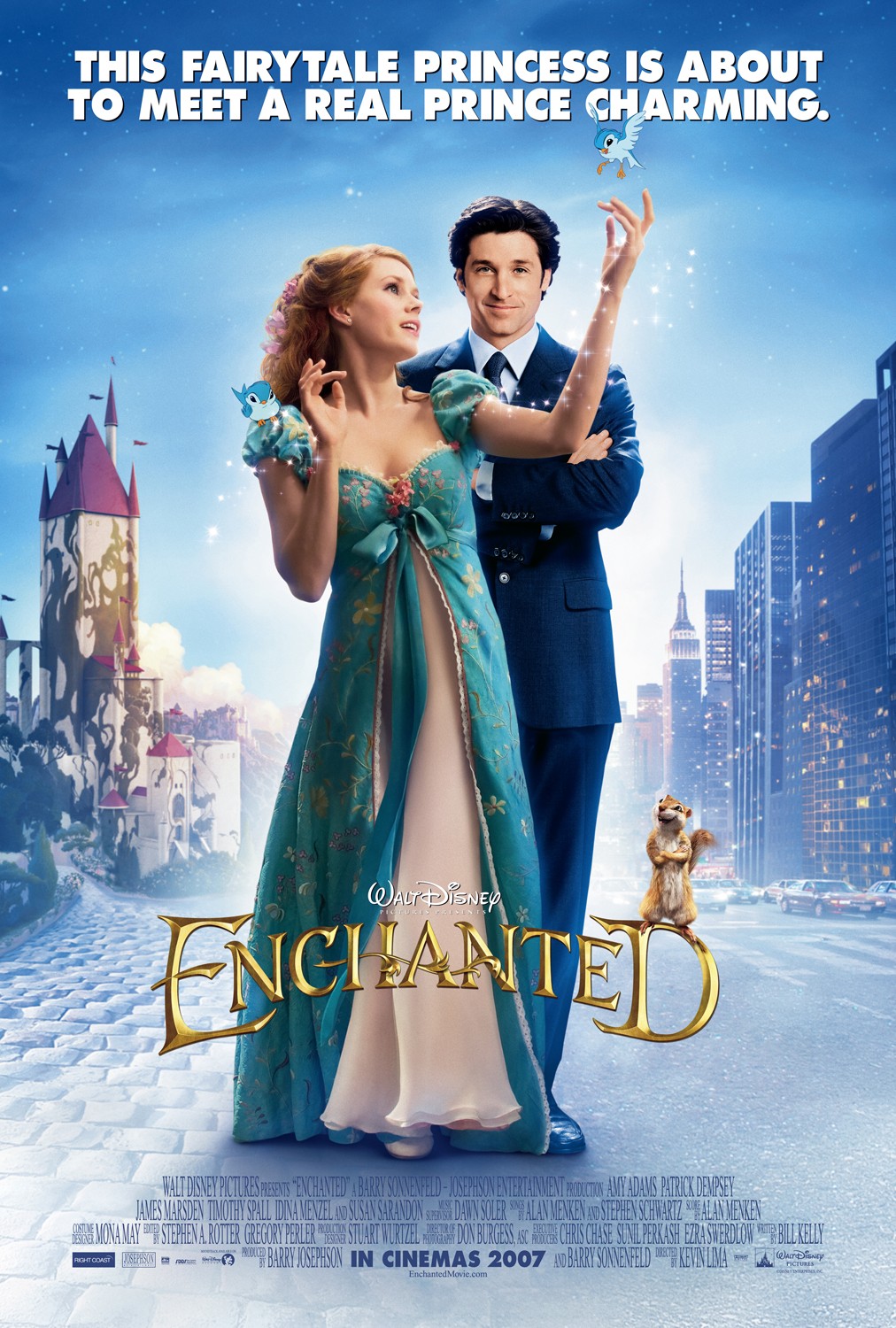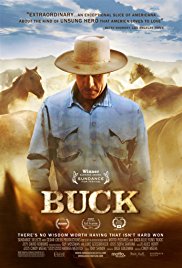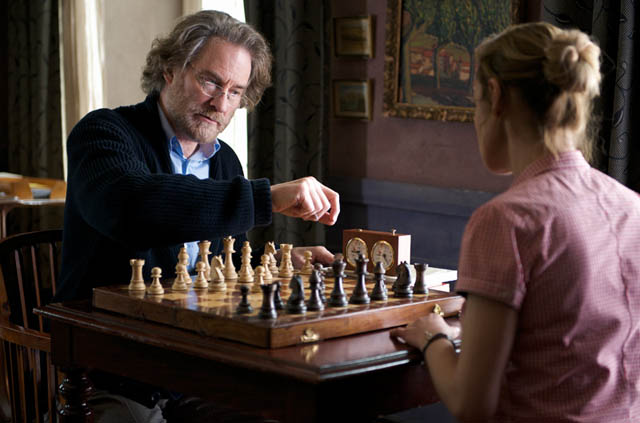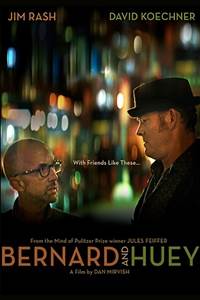Interview with “Eating Animals” director Christopher Dillon Quinn
According to “Eating Animals”, factory farms produce 99 percent of the meat that Americans consume today, and director Christopher Dillon Quinn explores these institutions and their troubling practices in his eye-opening documentary. The 2018 Phoenix Film Festival screened “Eating Animals” – which Natalie Portman proudly narrates – and it opens at Harkins Shea 14 on Friday, June 29.
The Phoenix Film Festival caught up with Christopher, and we talked about the disconcerting state of factory farming, Natalie Portman’s connection with his movie, the push towards vegetarian alternatives (including White Castle now offering a veggie burger), and more. Yes, that White Castle!
PFF: Looking back at our country’s history, we have some periods of shame. Manifest Destiny, slavery and unsafe practices of industrialism at the turn of the 20th century, to name a few. How will history judge factory farming, either 10, 20 or 100 years from now?
CDQ: I think about (that) a lot. I wonder what my grandkids or generations past me will think about this period, a time when we raise our meat, dairy and eggs in many (compromising) ways and (the impacts) on the environment and our own human health. (Also), never before in the history of man have we caused (so much animal) suffering. That combination is a recipe for some indictment down the road. I think people are going to wonder what we were thinking.
PFF: Is factory farming a blind spot to Americans, because we don’t think about how meat reaches our dining room tables?
CDQ: This whole factory faming system isn’t that old. Only 40 years. In the 70’s, we had a “taste” for efficiency and quick, cheap food and have really accelerated to the place where it is today. I think (that) people do not think about it.
We also have (a farming) heritage. We had a (patchwork) quilt of small farming communities all across America that raised our food, and that’s really not the case now. Ninety-nine percent of all meat, dairy and eggs come from a factory farm. The independent, American farmers make up a mere 1 percent. As you see in the film, it is quite difficult to make a living doing what they do. So, there is a bit of “I don’t want to know”, but the industry spends a tremendous amount of money every year divorcing us from our food and where it comes from. They do that by reminding us of the former (family) farms and the images that you see on milk containers. To me, that suspends us in this place where we believe that there are farmers out there doing good to provide food for us, but that’s just nonexistent. Nearly nonexistent.
PFF: Natalie Portman narrates the film, and she also co-produced it. I like her narration style, because – and I’m paraphrasing a bit – she would sometimes start her commentary with “I learned”, “I discovered”, “I was surprised to learn”, etc. Was she active in the writing process, and can you describe her enthusiasm for the project?
CDQ: She met Jonathan Safran Foer (the author of “Eating Animals”) years ago. Jonathan sent (his book) out to friends, including Natalie. (Natalie and Jonathan) got in touch with me, and they ended up co-producing the film.
(The movie) has been Natalie’s charge. It is something that is very near to her, and she’s ultimately the one who wanted the film to get made. It’s been a great involvement.
Natalie, as the narrator, is ideal and perfect. You talk about the pronoun usage in the narration, and that was intentional. This unraveling and discovery are eye-popping. Natalie’s voice really lends itself to the idea of somebody going through the process of discovery. We worked on writing the narration, and it was a constant vision to get it just so.
PFF: Speaking of Jonathan, he was quoted as saying, “A moving image can capture somebody’s heart in a way that is different - not better or worse - than the way that a book can.”
During your experience in making the movie, was there any particular image, moment or fact that you discovered that really impacted you.
CDQ: It was important for us to show the pastoral images of what we imagined the farm to be. There was a real intention to create the landscape that is beautiful and have it intermixed with these manmade complexes that house the chickens, pigs and cows that we consume. That language was just learned by being out on the road so long and spending so much time filming. We ended up wanting to have that contrast between (factory farming) and the beautiful imagery, the American mythos. You can see that in the landscape with 1 percent of farmers, but then it turns on its head and you see a feed lot with 175,000 cows all in one confined area. It’s pretty devastating to see where we have come with our agricultural practices.
PFF: On the lighter side, the film had a couple moments that reminded me of “Charlotte’s Web”. In one case, on Frank Reese’s independent farm, one of his turkeys was having fun by sitting in a tree, and it was a nice reminder that these animals are living beings with personalities, like pets. Do you feel the same way?
CDQ: It’s interesting. Frank’s turkeys do have their personalities, and they do attach themselves to individual humans. That kind of “Charlotte’s Web” moment can be felt when you go to a farm, where an animal is making its living by being itself. I ran across those moments. There was a little piglet on (another) farm that would grab a cornstalk and want to play catch with me.
All these moments are surprising, and then you go into a confined, animal feeding operation. This is a place where animals are too sick to barely keep their bodies up. They’ve been hybridized to grow so fast, and they are really in a constant state of suffering. You contrast the two, and that was incredibly striking for me. When I got back, I was with my dog, and (the experience) really challenged the way that I look at pets as animals, and then animals raised for food.
PFF: What can we do as world citizens to help? The movie mentioned that we can vote with our forks three times a day. Is that a good start, or are there other actions that we can take?
CDQ: I think it’s an amazing start. It really does matter what you put on your plate. That’s a difficult thing to ask of anybody. (What) if you opt out of meat for one of your meals and just take the commodity meat off your plate? If everybody did that, it would radically change the way we’re heading (in terms) of climate change. It would do a tremendous amount to end the suffering for the animals, and by the way, it’s also good for your health. It’s argued that the so-called cheap meat isn’t necessarily very good for you, when it comes down to the nutritional value.
PFF: The movie talks about meat alternatives, like Beyond Meat. Have you sampled these products? What would you say to someone who is skeptical?
CDQ: Well, I think you have to try (them). I don’t have one particular favorite, but these companies with plant-based alternatives are coming up. They can be an important part of the (equation). The carbon footprint (difference) of growing a plant-based burger versus a meat burger is really, really significant. Those burgers are getting to such a place, where they are really good.
The Impossible Burger is delicious. You would have to look this up, but somebody was telling me that the Impossible Burger is actually starting at White Castle. The only reason that it could get to White Castle in the first place is it’s that good. It just tastes that good. The Beyond Burger is the same thing. It is something that I eat all the time at home. It’s very satisfying, and it kind of fulfills that need of (a) burger that everyone craves. There are a lot of advantages to looking at plant-based alternatives. Eighty percent of all meat grown goes into fast food, so if you just change that percentage a little bit, it’s really going to have a great effect.
(Note: PFF looked on White Castle’s website, and the company offers a Veggie Slider.)
Jeff – a member of the Phoenix Critics Circle – has penned film reviews since 2008 and graduated from ASU’s Walter Cronkite School of Journalism. Follow Jeff and the Phoenix Film Festival on Twitter @MitchFilmCritic and @PhoenixFilmFest, respectively.










